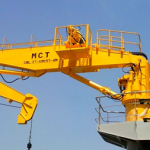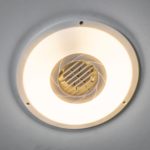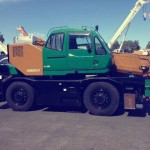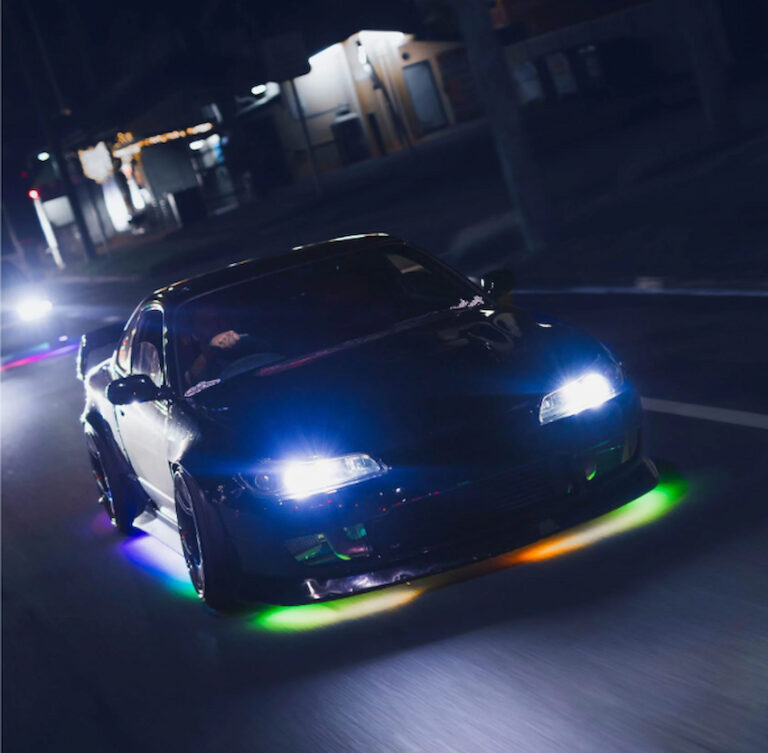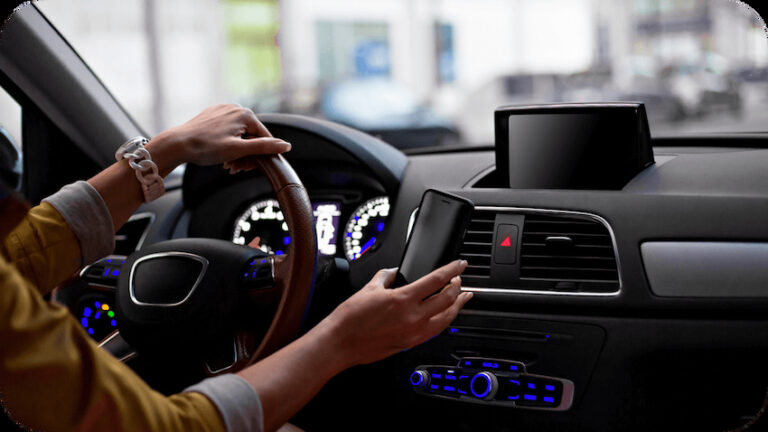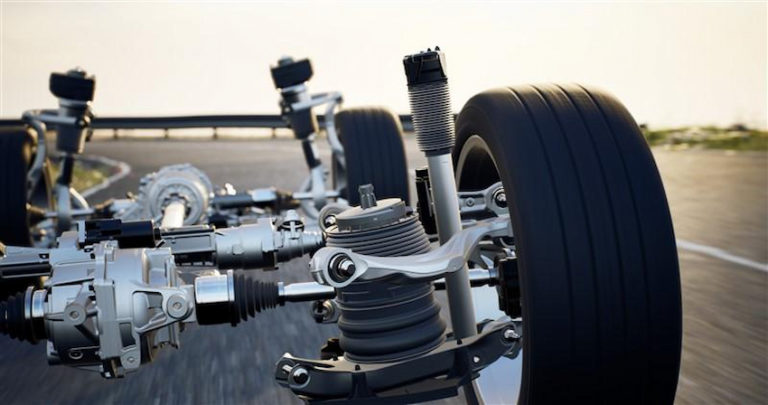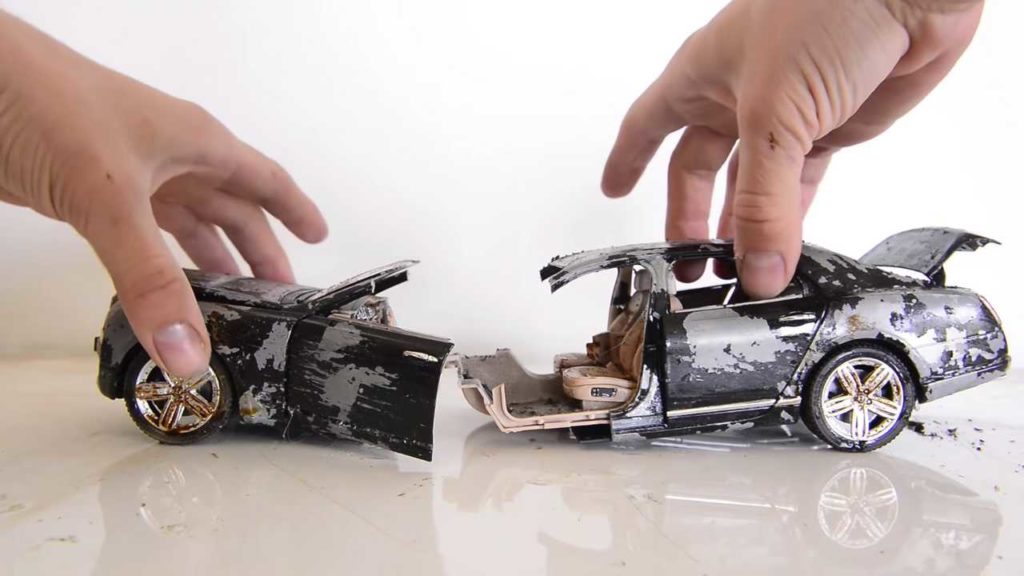
Were cars your passion and always the first toy you’d reach to play with when you were younger? Did you simply love everything about cars and couldn’t stop playing for hours? If the answer is yes, that passion is probably still within you even after some time has passed.
However, buying many fancy cars can cost a fortune and still not satisfy you. Why? Well, you might not be able to have all the models you want. On the other hand, scale model cars can be just the thing for you. You can make a collection of the models you want. Plus, you will enjoy every minute of building these smaller versions of the real thing. So, before we get started, let’s look at the things you need to consider before making your first purchase.
Pick the Car Models of Your Dreams
Before starting with anything, make a list of all the model car kits that interest you. Whether it is an RC vehicle or a simple scale model car, building these miniature versions of the real thing can take hours or even days to complete. That said, make sure you are working on the scale model cars you like. This way, you’ll stay motivated and do as much research as possible on the models. Otherwise, you might give up because of being disinterested.
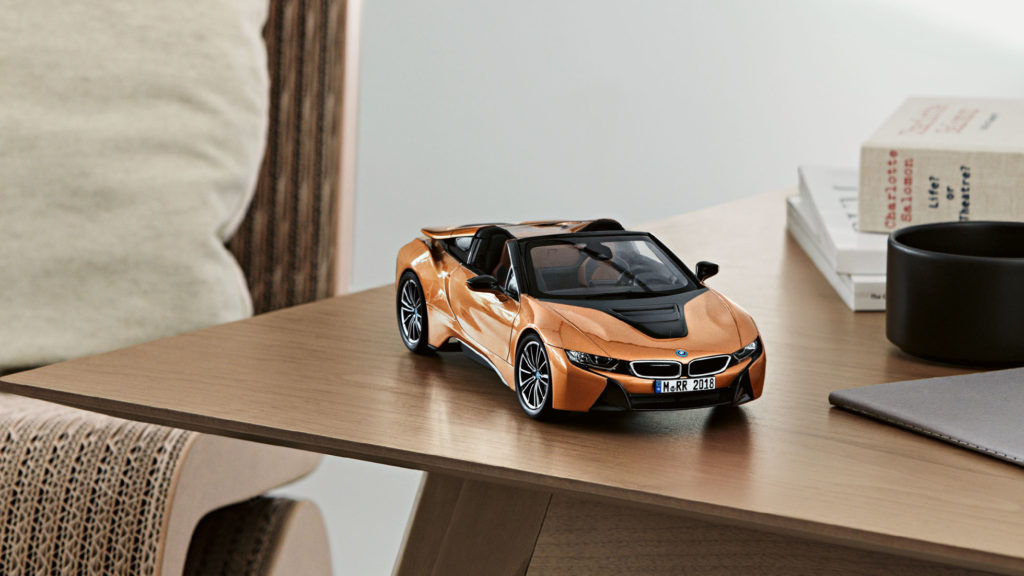
Look for an Appropriate Skill Level
There is nothing more exciting than building a model kit, no matter what age you are. However, since you are a complete beginner, you don’t want to be overwhelmed from the very start, which is why you have to look for a model kit that matches your skill level. Each model kit features a “Skill Level,” which varies from 1 to 5.
Skill level 1 is the easiest and most beginner-friendly since it requires pieces that can snap together easily, and don’t require any glue or paint. This will be perfect for any complete beginner in building these modelling kits. The difficulty and complexity of the kits increase as the level increases.
In that sense, skill level 2 introduces a little bit of challenge by having less than 100 pieces that you need to glue and paint to complete the model. Skill level 3 models have over 100 pieces that are usually more detailed. And skill level 4 is an advanced kit that has over 150 smaller and extra-detailed parts.
And finally, skill level 5 is the expert level with hundreds of exceptionally detailed parts that you need to combine. It also includes some moving parts such as working suspension on cars.
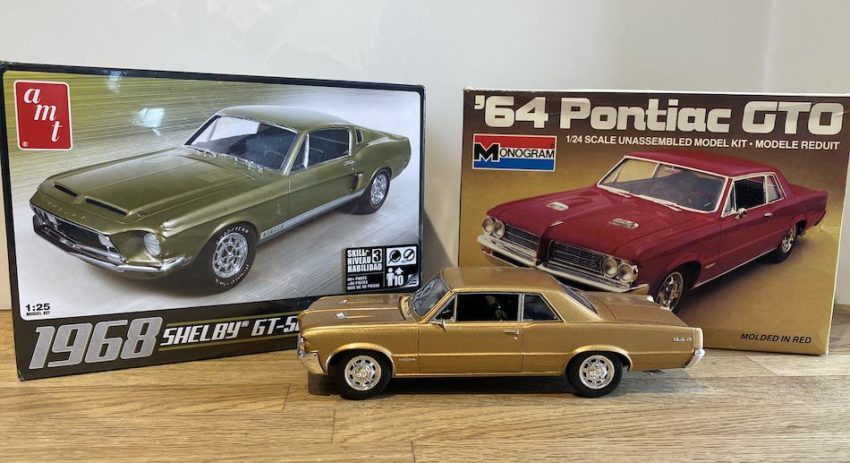
Decide on the Size and Scale
Once you decide which model cars you want and the skill level, the next thing you should consider is their size. Model kits come in different sizes and scales, such as 1:8, 1:10, 1:16, etc. The scale tells you the ratio between the original car and the shrunken size of the model. The further the second number is from 1, the smaller the model kit is in comparison to the original. So, a scale of 1:32 means that the real version is 32 times larger in size. The most usual modern car kits’ scale is 1:24.
However, every beginner should stick to small-scale models since they take less time to complete. On the other hand, modellers with more experience often opt for bigger-scale models that show as much detail as possible.
Nonetheless, you also need to make sure you have enough space to display all of the cars that you will purchase in the future. Larger cars require additional space. Yet, smaller models, as opposed to larger car models, do not require as much space to be displayed. They can fit everywhere, and you can bring them wherever you go.
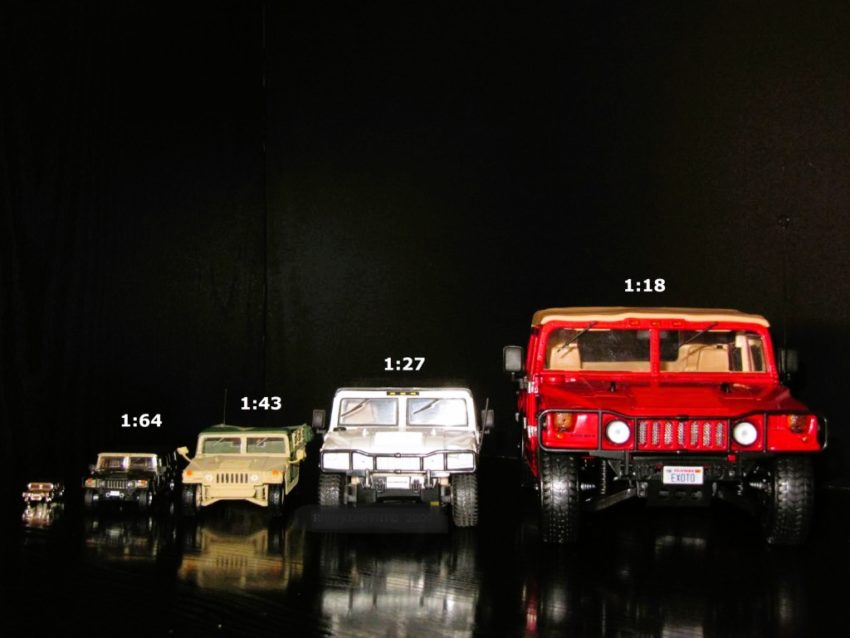
Quality of the Model Kit
Make sure you choose a high-quality modelling kit. It is crucial for your building process. You don’t want to have to look for other parts while you are building your car, just because the parts you have, don’t fit together or there is some defect.
Supplies for Building Your Model Car
Like any other building process, car building requires a few essential tools to make the whole process much more interesting. As a beginner, try getting a few basic modelling supplies until you become more experienced.
Glue
Glue is essential when it comes down to model car building. However, finding the right one that doesn’t dry too quickly or too slow can be a struggle at first, especially as a beginner. There are several types:
- Polyvinyl acetate (PVA) adhesive
- Epoxy resin
- Aliphatic glue
- Canopy glue
- Superglue or cyanoacrylate (CA)
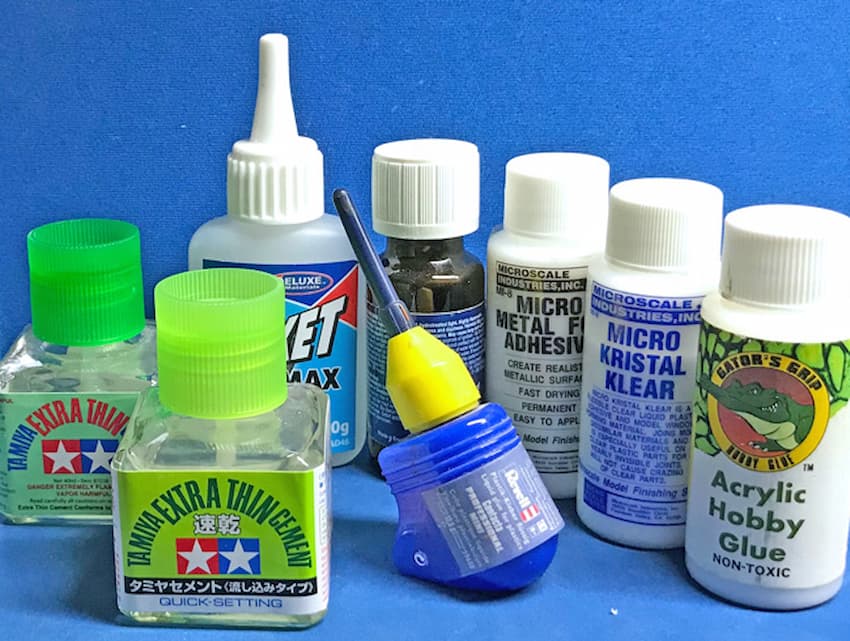
Hobby Knife
A hobby knife is necessary for removing the attached parts from the sprue. A sprue is a framework that contains all of the parts needed to assemble the car. Apart from that, a hobby knife is also used for scribing panel lines or any other situation where you need to cut pieces. However, it is important that the hobby knife is sharp, so make sure you have new blades once the first one gets blunt.
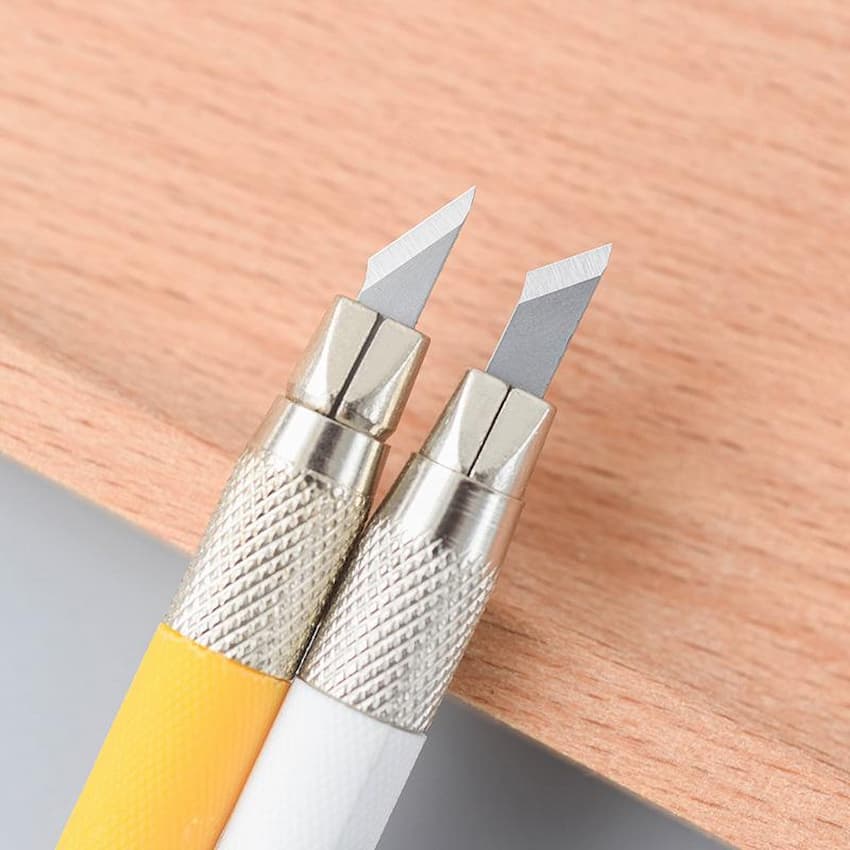
Tweezers for the Small Parts
Tweezers are great for picking up and positioning small parts. As a beginner, you will need a pair, and as you progress with your skills, you can get different types. They can be with flat or pointy ends.
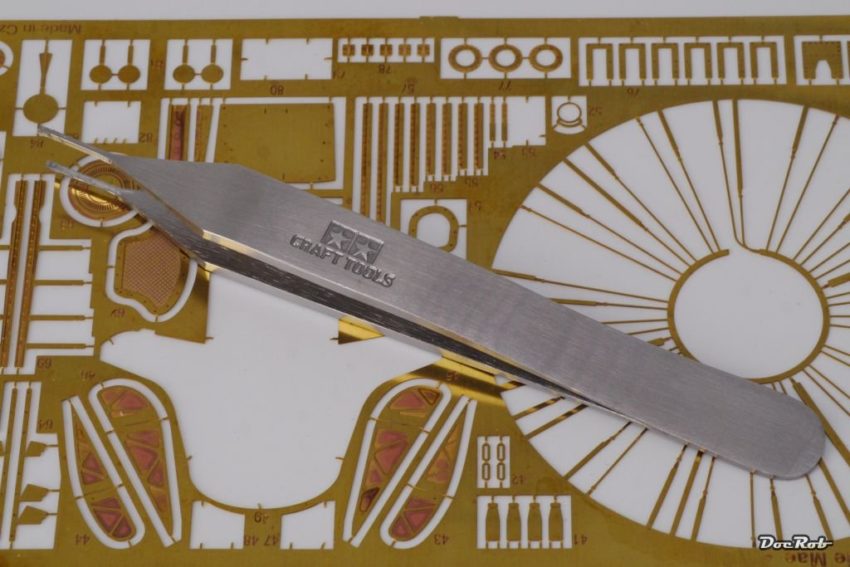
Tools Change the Look of Your Car
If you want to change the colour of your car, you will need a few types of brushes, starting with fine-point brushes and going up to wide brushes. Then, there’s also paint. You can use two types of paint for model kits, such as acrylic and oil-based ones, which are preferable in different situations.
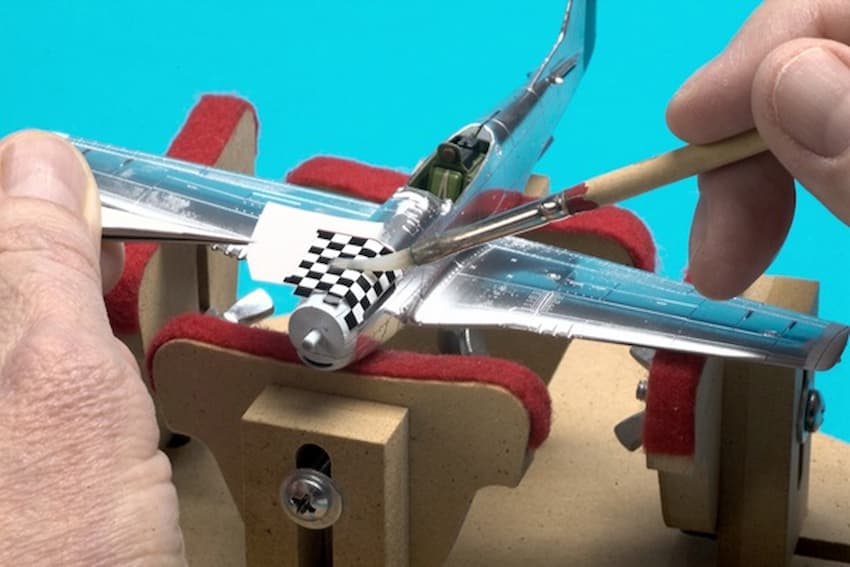
Cutting Mat
A cutting mat is needed for protecting surfaces from marks and damage caused by sharp cutting tools. Self-healing cutting mats are great for building any model kit.
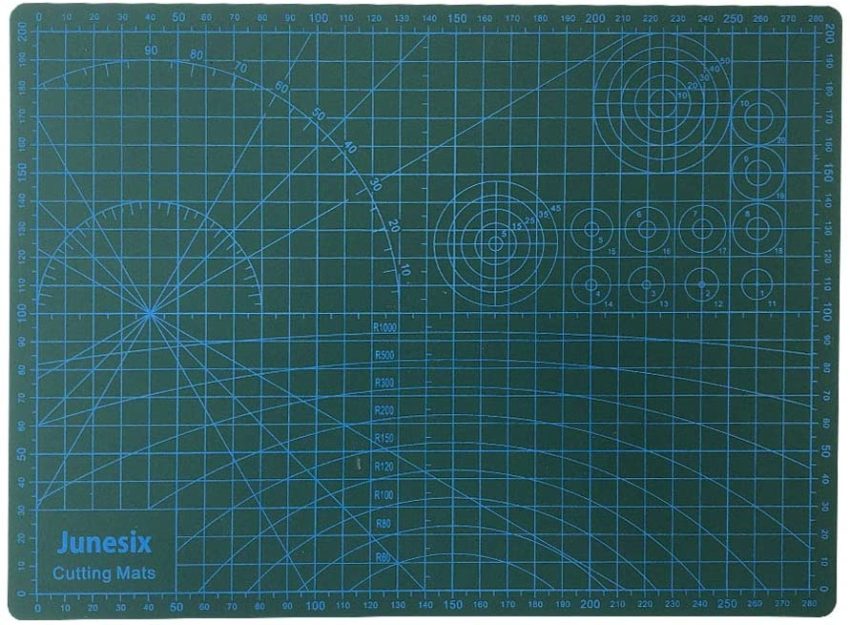
To sum up, choosing scale model cars can be extremely exciting for any car lover. They can mean so much more than just a hobby. It is passion and devotion that have lasted throughout many years and only grow stronger. However, like any beginner, you need to consider a few things such as preferred models, sizes and scales, skill levels, etc. This will set you on the right track, and you will finally make your dreams come true. Go turbo mode!

